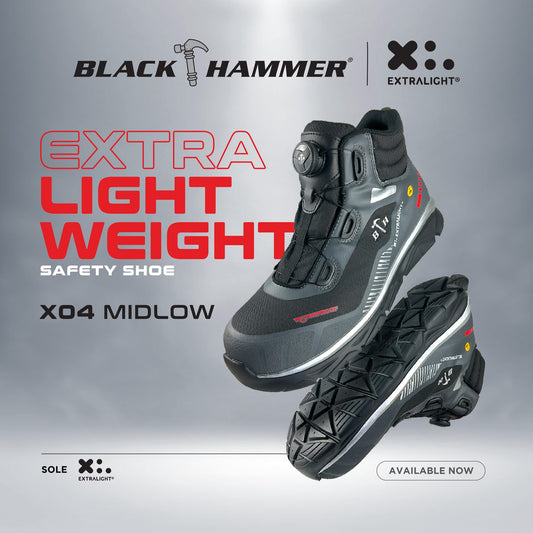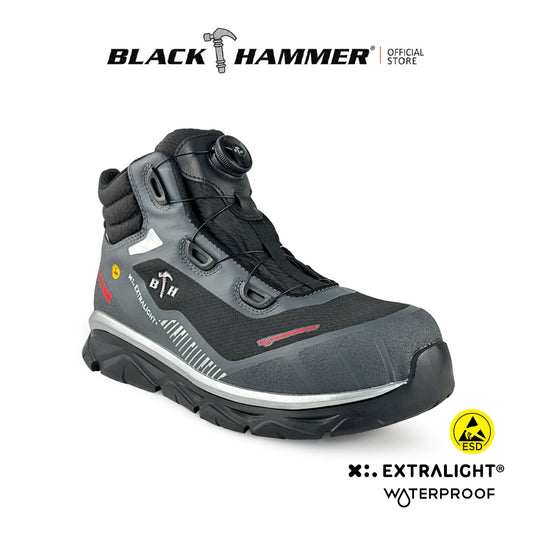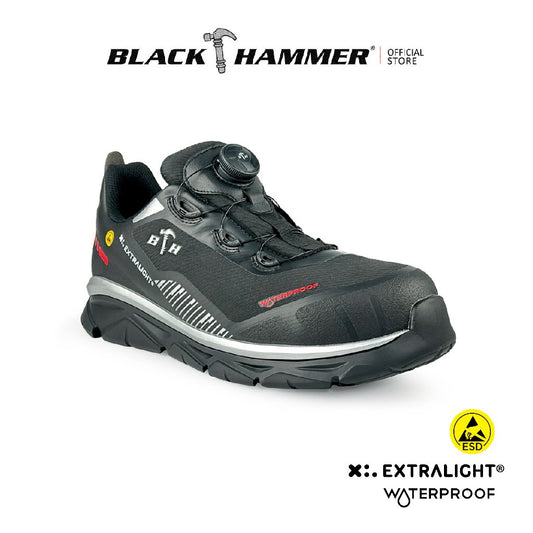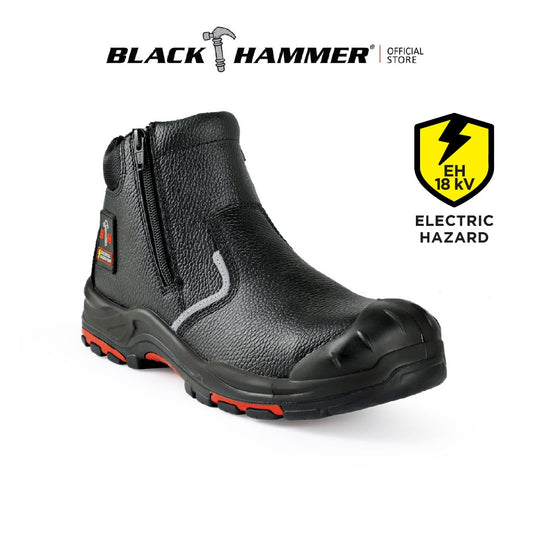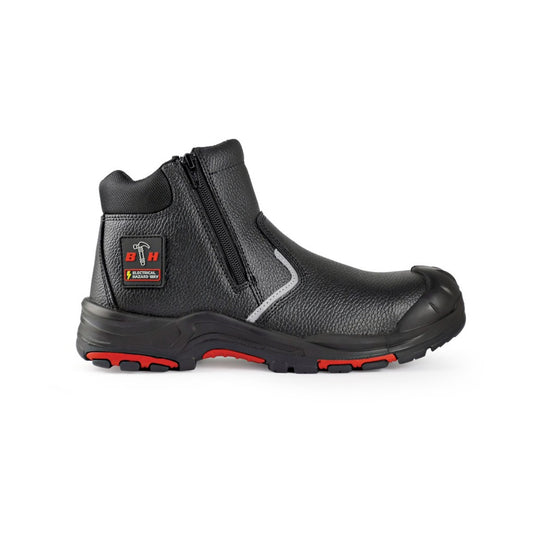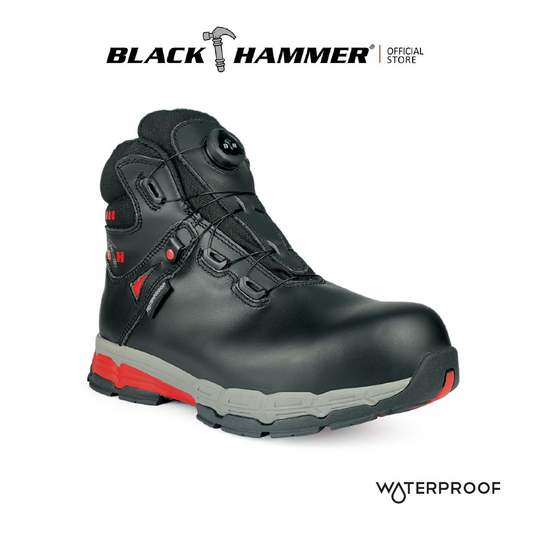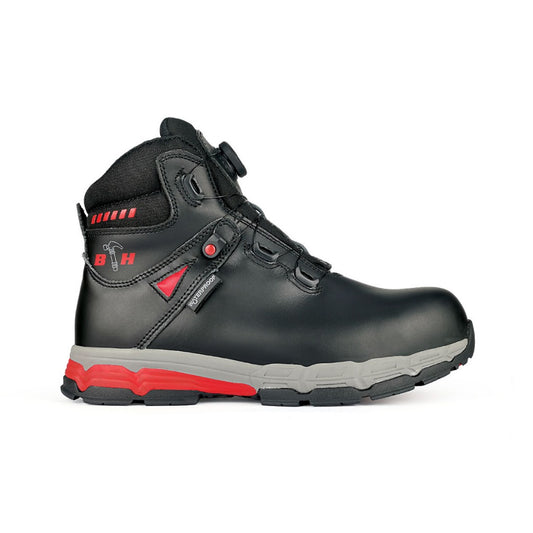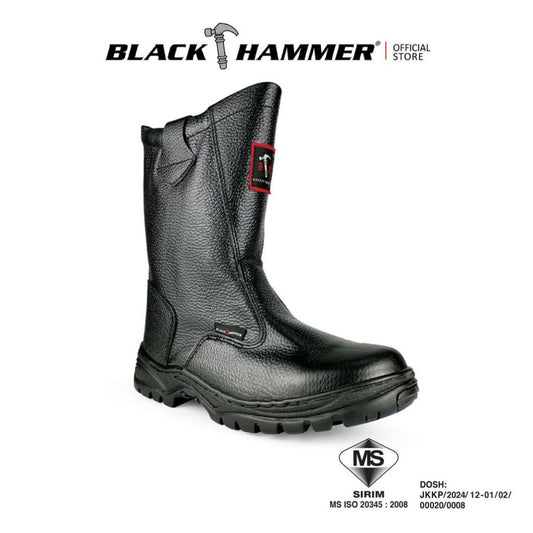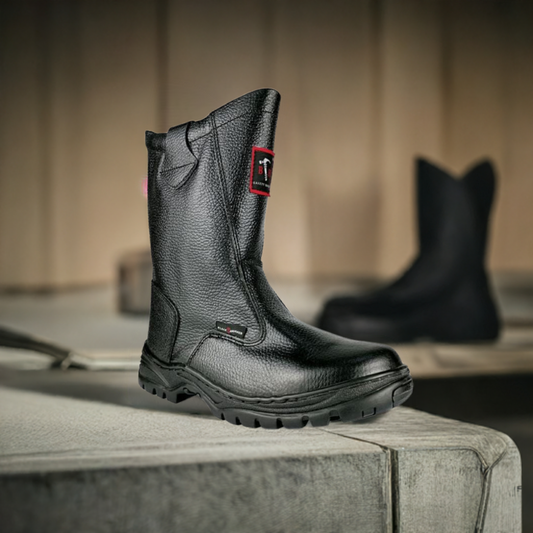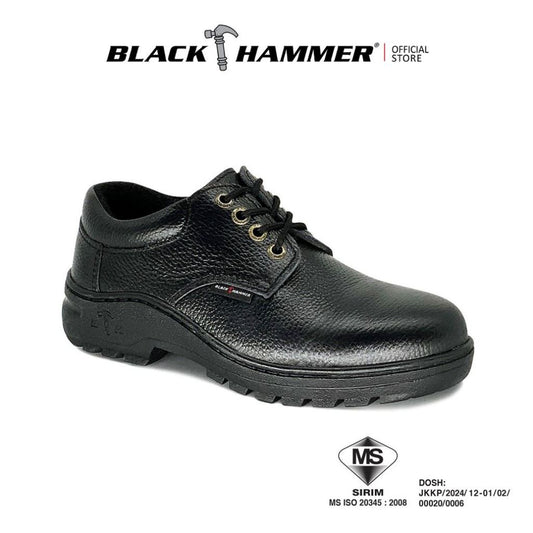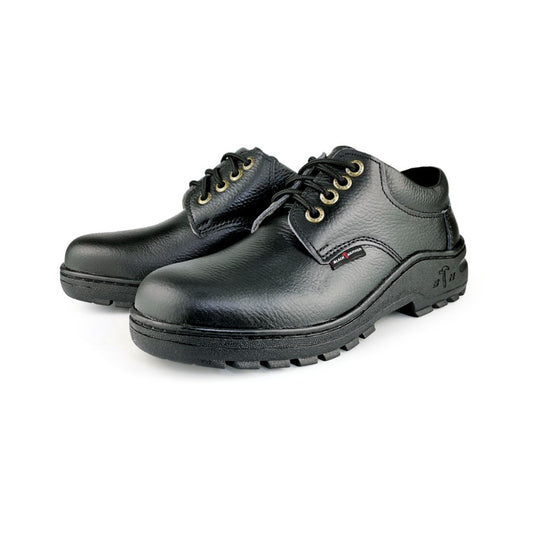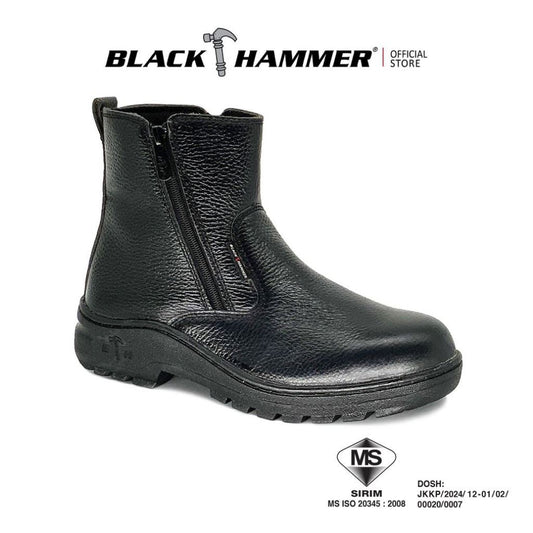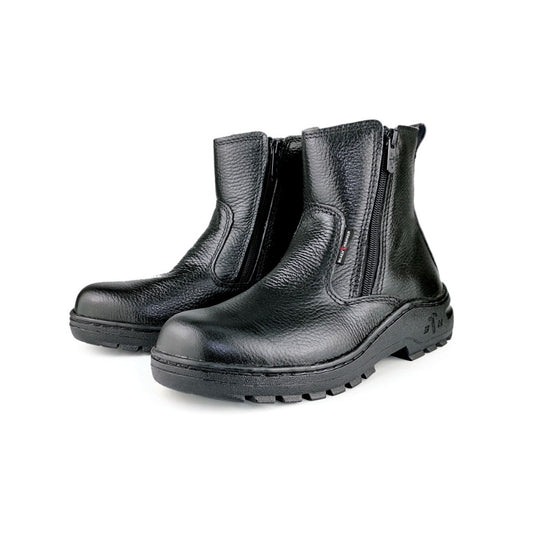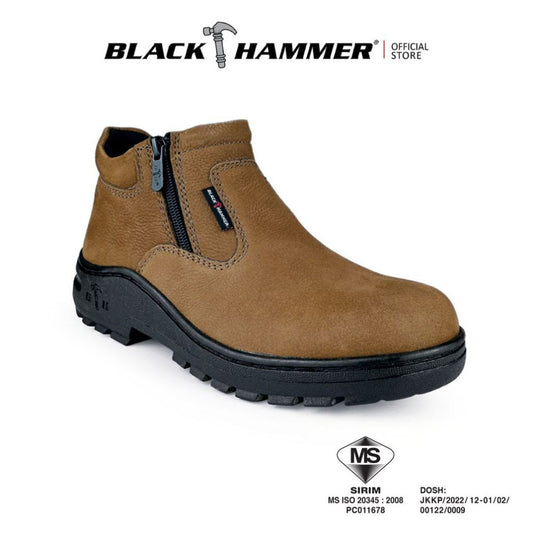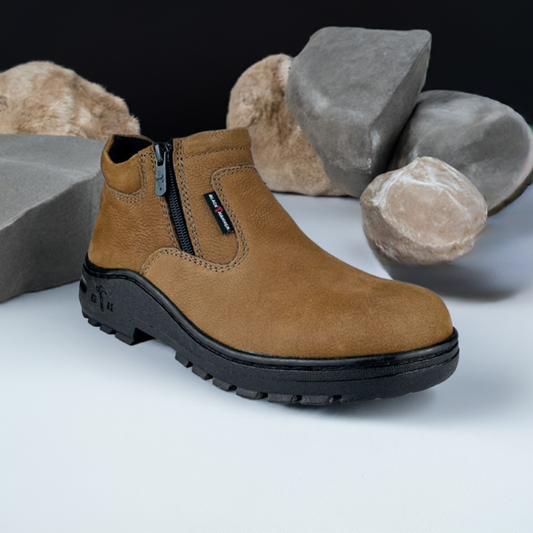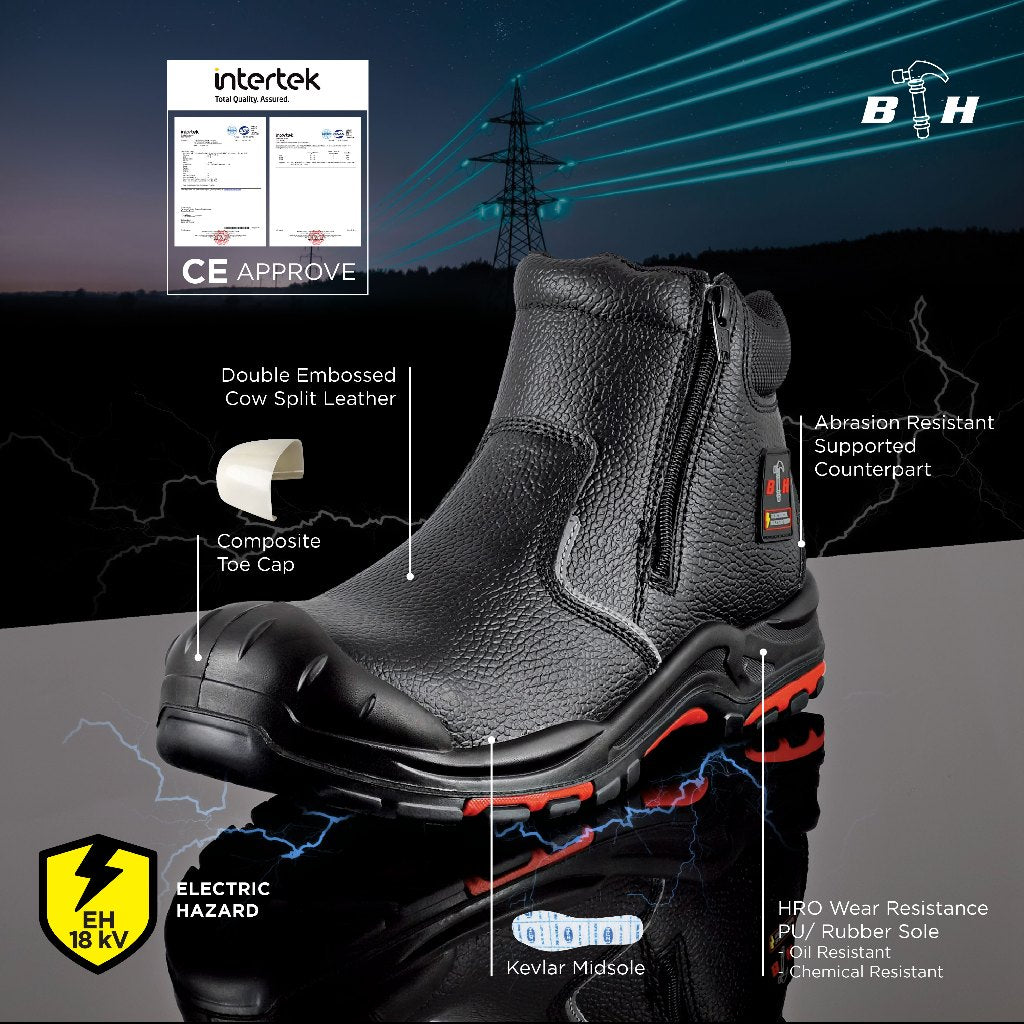
Is It Time For A New Pair Of Work Boots?
How Often Should You Replace Your Work Safety Boots?
Find Out Why You Need a New Pair by Considering These Vital Factors. Keep Reading…

You might have that one trusty pair of work safety boots – the ones that feel just right. But even your favorites have a limit. Ignoring the tell-tale signs of wear and tear can compromise your safety on the job. So, how do you know when it's time to invest in a new pair of reliable work boots?
Think of your safety footwear as essential equipment, just like the tires on your vehicle. They provide the crucial foundation for your movement and protection at work. Pushing them beyond their limit can lead to hazardous situations.
What does it mean for you?
Here are some things you should know when it’s time for a new pair of work boots.
Check Your Outsoles
The Outsole's Story: Worn Down and Losing Grip?
Just as worn tires lose traction, so do the outsoles of your safety shoes. These soles are what enable you to work efficiently and safely, preventing slips and falls.
Regularly inspect them for signs of wear. If the tread is significantly flattened or disappearing, it's a clear indication that your boots are losing their grip and need replacing.
Remember: your shoes should help you walk confidently, not slide precariously.
Your Shoes Should Walk, Not Talk!
Separation Anxiety: When Your Boots Start "Talking"
A concerning sign that your safety boots are nearing the end of their service life is when the outsole begins to separate from the upper material.
This "talking" – the flapping or visible gap – is a serious safety hazard. Continuing to wear boots in this condition not only presents an unprofessional image but also drastically increases the risk of trips and falls in a potentially fast-paced work environment.
Don't wait for a mishap; separation means immediate replacement.
Are Your Shoes Holey?
Work safety shoes should never have holes! Beyond the aesthetic issue, any breach in the material, no matter how small, is a significant safety concern.
Depending on your work environment, even minor holes can quickly enlarge, exposing your feet to potential hazards like sharp objects, chemicals, or extreme temperatures.
Act swiftly: the moment you notice any damage that compromises the integrity of the boot, it's time for a replacement.
Common Questions
How often should you replace your boots?
While there's no strict rule, an average lifespan based on wear and tear is around 1500 kilometers of walking.
For daily wear, this often translates to approximately one year.
Should you wear the same shoes every day?
Wearing the same work boots daily prevents them from drying out properly and losing their shape.
Rotating between two pairs allows each to air dry, preventing warping, odor, and extending their lifespan.
How long should a pair of work safety boots last?
In a typical work environment, expect to replace your safety boots every six to twelve months. However, this can vary significantly based on the intensity of your work and the conditions you face.
Final Thoughts
Prioritize Your Safety with Timely Replacements
Ultimately, there's no magic formula for when to replace your work safety boots. The lifespan depends heavily on your specific work environment and the demands you place on your footwear. However, by regularly inspecting your outsoles, checking for separation, and addressing any holes promptly, you can ensure you're always working with reliable and protective footwear. Don't wait for an incident – prioritize your safety and invest in new work boots when these vital signs appear.

